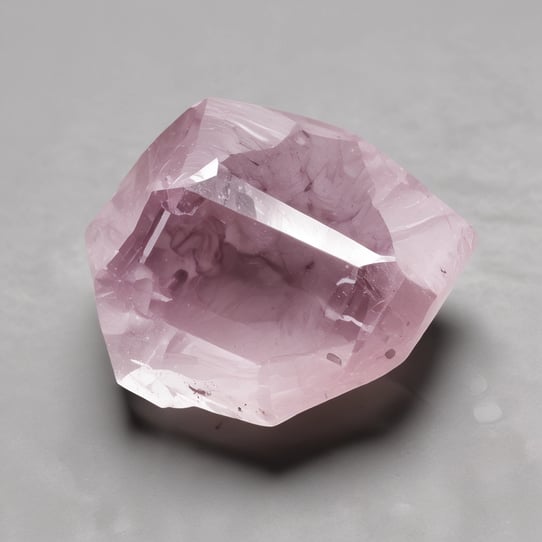The Enigmatic Quartz Gemstone
12/8/20242 min läsa


Introduction to Quartz
Quartz is one of the most abundant and widely distributed minerals found in the Earth's crust. Its crystalline structure and a wide array of colors make it a captivating gemstone that has garnered admiration throughout history. The allure of quartz extends not only to its beauty but also to its significant role in various cultures and technologies.
Historical Significance of Quartz
The history of quartz is as multifaceted as the gemstone itself. Ancient civilizations cherished quartz due to its aesthetic appeal and believed it possessed mystical properties. The ancient Egyptians crafted intricate jewelry from quartz, using it in amulets believed to offer protection. Similarly, various Indigenous cultures utilized quartz in their rituals and as a tool for divination.
In the realm of science, quartz has also held a crucial place. Its ability to oscillate when subjected to an electric field forms the foundation of quartz watches, revolutionizing timekeeping in the 20th century. This crystalline mineral has been at the forefront of technological advancements, demonstrating its versatility beyond mere decoration.
Characteristics of Quartz
Quartz is classified into two primary types: macrocrystalline and microcrystalline. Macrocrystalline quartz includes variants such as amethyst, citrine, and rose quartz; these exhibit a visible crystalline structure and are often used in jewelry. Microcrystalline quartz encompasses chalcedony and agate, with a denser texture that can also be utilized for ornamental purposes.
The gemstone is primarily composed of silicon dioxide (SiO₂), which contributes to its durability and crystalline clarity. Quartz varies in color depending on impurities; for example, the striking purple of amethyst comes from iron impurities. In terms of hardness, quartz is rated 7 on the Mohs scale, making it resistant to scratching and an excellent choice for everyday wear.
Another notable characteristic of quartz is its piezoelectric properties, which allow it to generate an electric charge when stress is applied. This unique feature has facilitated its use in various electronic devices and has further solidified its place in modern technological applications.
Conclusion
In summary, quartz is much more than just a beautiful gemstone. Its rich historical significance, coupled with its physical and chemical characteristics, positions it as an essential component in both cultural artifacts and modern technology. Whether sought for its aesthetic beauty or functional capabilities, quartz continues to enchant enthusiasts around the world.








Ädelstenar
kontakta oss
prenumerera
hello@axinita.com
0730 44 58 55
© 2024. All rights reserved.
Rådhusesplanaden 6 F,
903 28, Umeå
